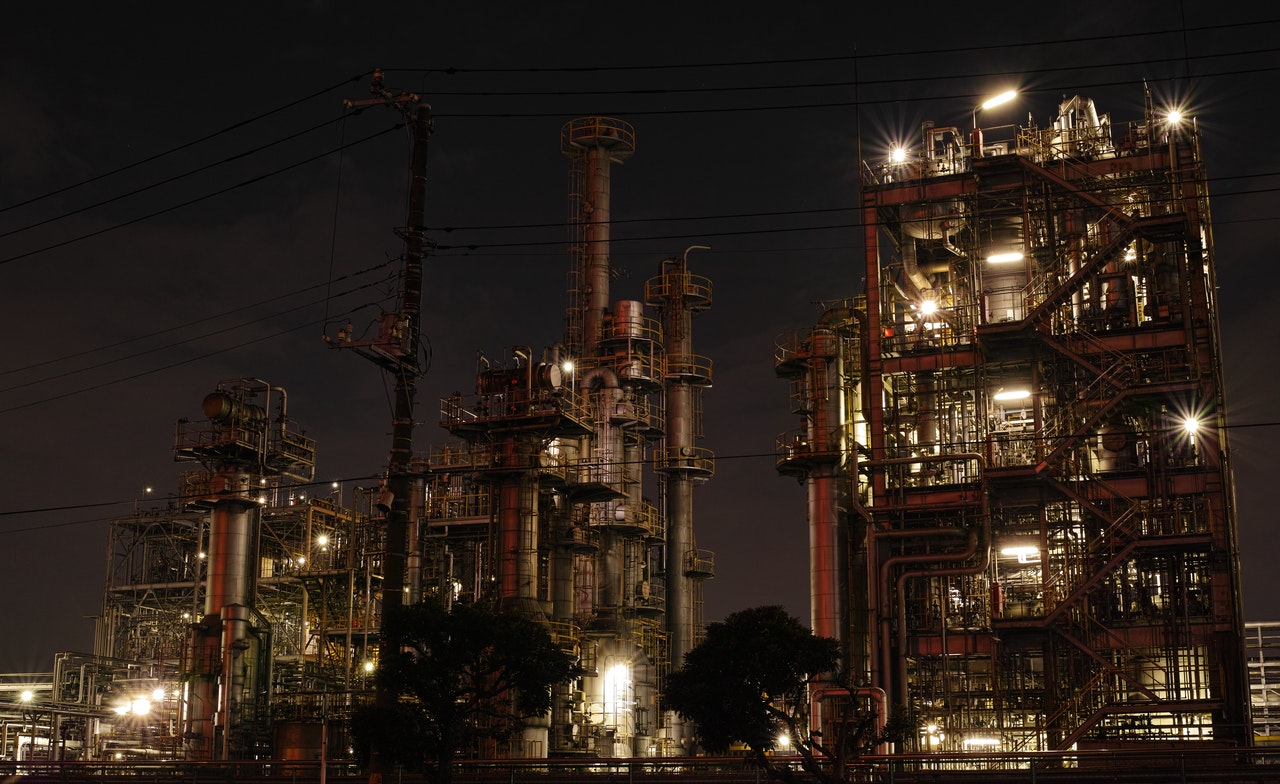The classic energy markers of most retail outlets are the high-powered lighting and air conditioning or heating. These energy-driven facilities are all to entice customers while providing the comfort to browse their stores. The long operating hours without the guarantee of foot traffic on a day-to-day basis often leave store owners anxious. Besides worrying about making enough to meet high energy costs and rent, a lack of insight leaves overloaded energy assets vulnerable to breakdowns.
When these breakdowns happen, retailers often raise these concerns to their OEMs (Original Equipment Manufacturer) for maintenance. However, the best these providers can do is implement stopgap measures, creating a vicious cycle of repair. This keeps any long- term plans for realistically sustaining and growing a business at bay.
What defines long-term energy sustainability both for a businesses’ budget and for the planet, is to identify which aspects of business operations are consuming more energy than required, all the way down to a device level. After a comprehensive assessment of their energy consumption and assets, retailers should be able to accurately notice the disparities between their energy bills and actual energy consumption.
Several players in the market promise energy savings in such a manner by charging a fee that amounts to a large share of it. As promising as this model sounds it often leaves retailers in the dark about the what’s, how’s, and why’s of their energy consumption with no tangible data on their KPIs to substantiate it. This further complicates the process of balancing monthly bills when it comes to how much energy was saved or consumed.
Racanaa Energy’s Pindera platform uses Energy Intelligence & Automation to give retailers transparency, detailed insight, and complete authority on their energy savings approach. Besides being self-starters on their energy efficiency, retailers would improve their revenue/unit of energy consumed, optimize and automate their resources & SOPs (Standard Operating Processes) which leads to reduced energy usage and a lower carbon footprint. This is in direct conjunction with global sustainability and ESG (Environmental Social & Governance) compliance standards at a corporate level.
By cutting down on the power wastages, retailers would be able to proactively address issues in their energy assets, uncover inconspicuous power leakages beyond the surface- level readings gained from a submeter, reduce energy consumption, and in turn lower their carbon footprint. Whether a retailer has a store in a mall, an independent outlet, or both, having a sustainable energy monitoring system can alert them of energy or energy asset issues that go beyond their field of vision. This can be implemented from an individual submeter level to distributed retail branches and networks that span over large geographical areas.
Using a single-point monitoring application, retailers can also cut out the rudimentary need for manual intervention to access their energy data use, know about issues unbeknownst to them, implement preventive and predictive measures to optimize energy efficiency, and extend the lifespan of their energy assets, all to keep business operations hurdle-free. After Racanaa helps set up an efficient modus operandi, retailers get to go beyond the current landscape of having an “Energy Savings Commitment” by taking a surefire footing in the Net Zero direction. The energy data and know-how create a stepping stone for retailers to explore endless sustainable possibilities from introducing renewable energy to building Net- Zero facilities.






